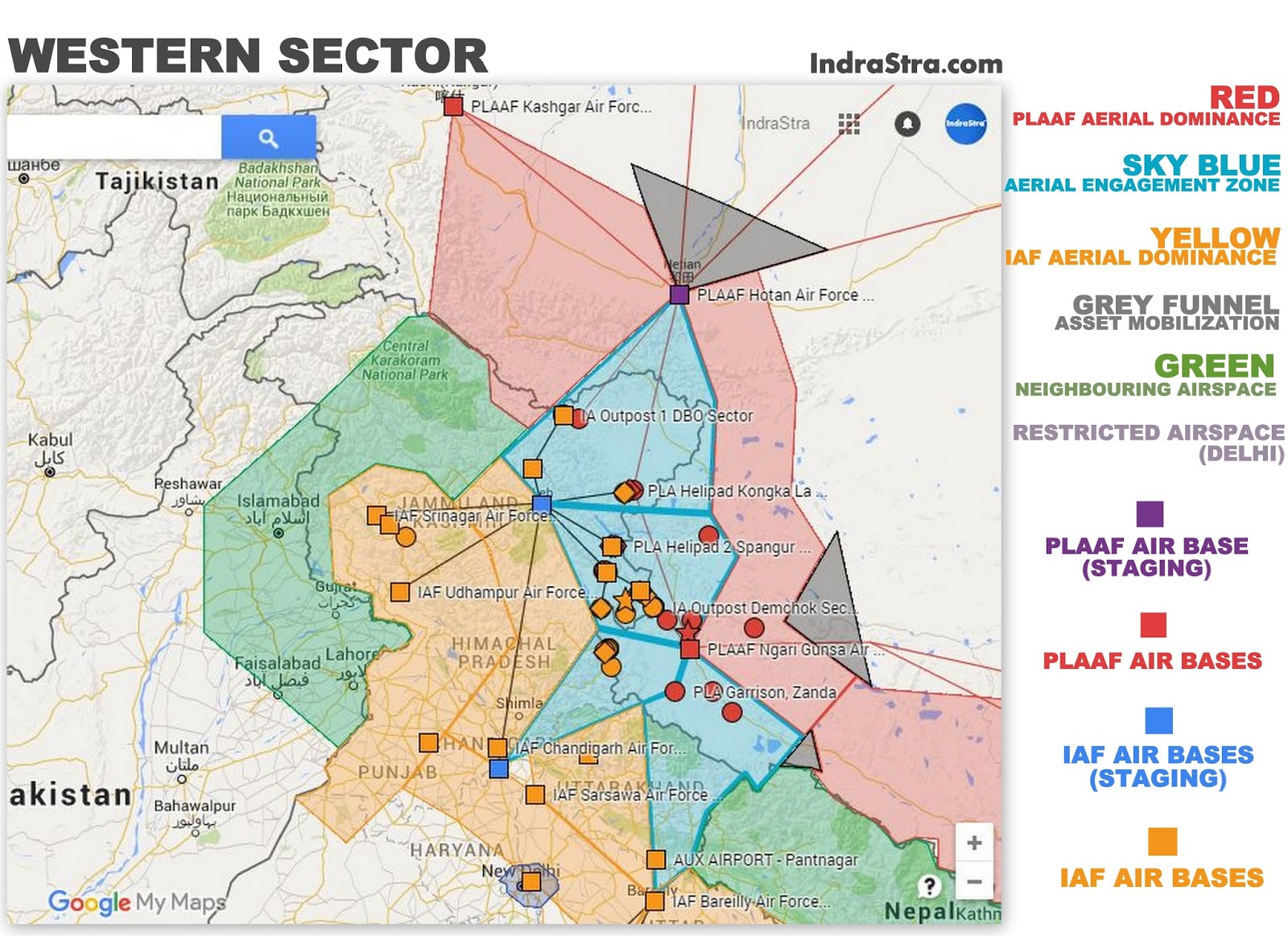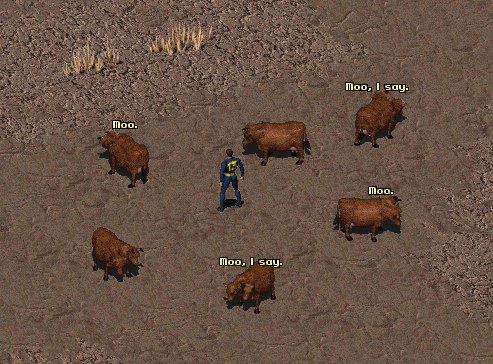http://zeenews.india.com/india/clos...-second-largest-airport-in-tibet_1984027.html
Beijing:
China on Monday operationalised the second-largest airport terminal in Tibet, close to the Indian border, which will be able to handle 750,000 passengers and 3,000 tonnes of cargo annually by 2020.
The new terminal, the sixth to be opened in Tibet, is part of Nyingchi Mainling Airport, which is located close to Arunachal Pradesh.
China's extensive development road, rail and air infrastructure in Tibet has sparked concerns in India as it also provides major advantage to the Chinese military.
India too has initiated border infrastructure development in the recent years.
The airport covers an area of 10,300 square meters and will be able to handle 750,000 passengers and 3,000 tonnes of cargo annually by 2020, state-run Xinhua news agency reported today.
The Nyingchi airport will open new air routes to Xi'an, capital of northwest China's Shaanxi province, resume routes to Beijing and increase more round trip flights to Lhasa, Guangzhou, Kunming, Chongqing and Shenzhen after the new terminal comes into service, said Liu Wei, deputy director of Civil Aviation Administration of China in Tibet.
The airport has seen year-on-year increases in passenger flow since it was put into service in 2006. Passenger volume hit 390,000 in 2016, bringing the total passenger numbers to two million in the past years, Liu said, adding that the new terminal will effectively alleviate pressure brought by the growing number of passengers.
Nyingchi is located in southeast Tibet at an average elevation of 2,950 meters above sea-level. The city has attracted more visitors in the recent years due to tourist attractions such as its peach blossom festival, the report said.
First Published: Monday, March 6, 2017 - 20:20











